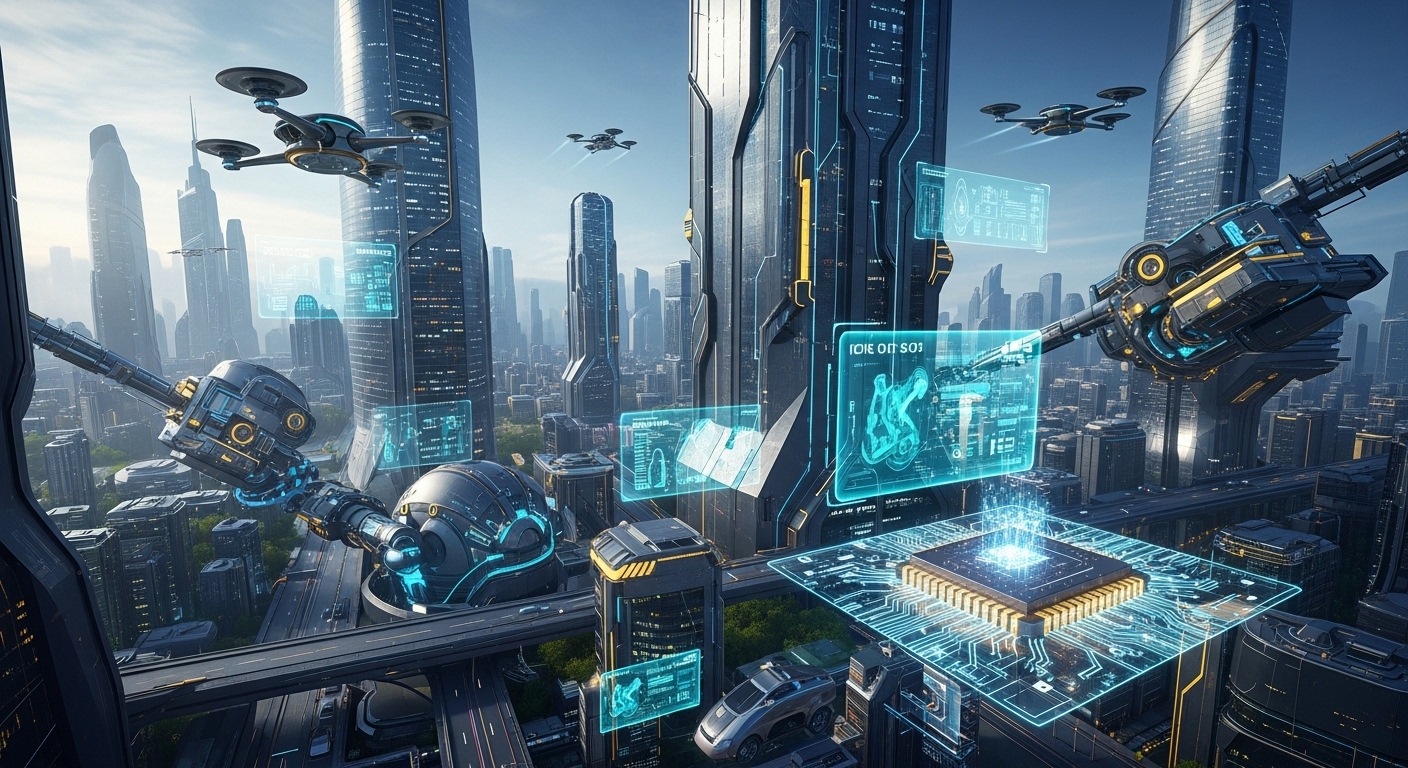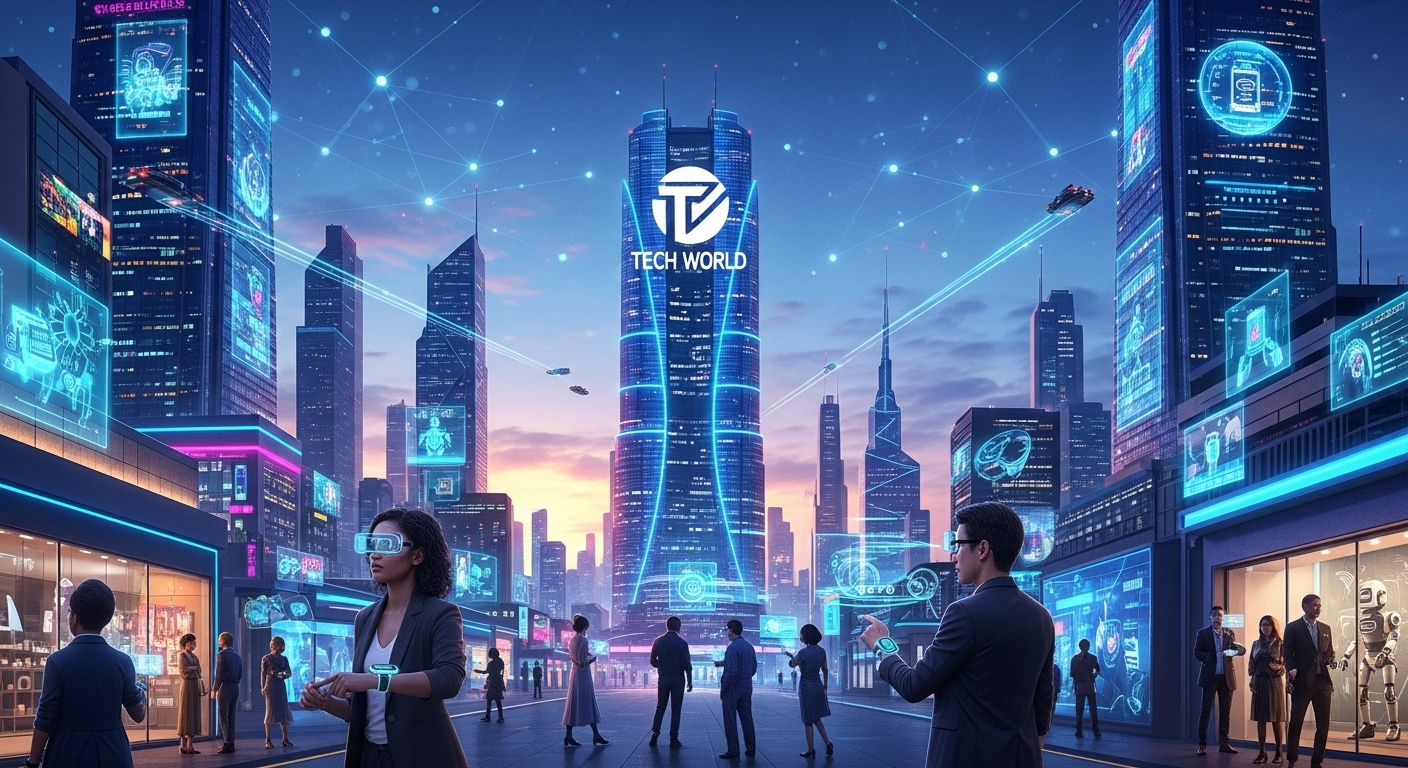While software often gets the spotlight for its dynamic user experiences and intricate logic, “hardware” remains the unsung, tangible foundation of our entire digital world. It’s the physical infrastructure – from the microchips in our smartphones to the towering racks of servers in data centers – that makes every digital interaction possible. As of mid-2025, hardware is not just evolving incrementally; it’s undergoing a revolutionary transformation, driven by the insatiable demands of AI, a profound commitment to sustainability, and breakthroughs in material science that are pushing the boundaries of what’s physically possible.
The Unseen Engine: Core Hardware Components in 2025
The internal components of our devices are becoming increasingly sophisticated:
- Central Processing Units (CPUs) with AI Acceleration: The “brain” of the computer, CPUs are now commonly integrating Neural Processing Units (NPUs). These dedicated AI accelerators bring powerful AI processing directly to personal devices, enabling faster, more private on-device AI operations. Leading designs from Intel (Arrow Lake, Lunar Lake) and AMD (Zen 5/Ryzen 9000 series) are competing intensely in this space.
- Graphics Processing Units (GPUs) for AI Workloads: GPUs are no longer just for gaming or graphics rendering. Their parallel processing capabilities make them the workhorses of Artificial Intelligence and Machine Learning. New generations, like NVIDIA’s Blackwell series (expected to be dominant) and AMD’s RX 90 series, are designed for immense computational power and energy efficiency, though managing their power demands remains a challenge.
- Next-Generation Memory and Storage: DDR5 RAM is solidifying its position, offering higher bandwidth and lower latency. More critically, PCIe 5.0 Solid State Drives (SSDs) are setting new benchmarks for speed, essential for handling the massive datasets required by AI models. Specialized high-bandwidth memory (HBM) is also becoming standard for AI accelerators.
- Motherboards and Cooling Systems: As components grow more powerful and generate more heat, motherboards are evolving to accommodate higher power delivery and faster interfaces. Advanced cooling solutions, including sophisticated air cooling and widespread adoption of liquid cooling, are crucial for maintaining stable performance and preventing thermal throttling.
The New Era of Design: External Hardware and Peripherals
Our interfaces with the digital world are also seeing significant advancements:
- Spatial Computing Devices: Products like Apple Vision Pro and Microsoft HoloLens are redefining how we interact with digital content in the physical environment. These devices blend real and virtual worlds, making augmented and virtual reality experiences more immersive and user-friendly, pushing the boundaries of traditional displays.
- Advanced Networking Hardware: The widespread expansion of 5G and ongoing research into 6G are driving the development of faster, more reliable network interface cards, modems, and routers, essential for seamless cloud connectivity and edge computing.
- Brain-Computer Interfaces (BCIs): While still emerging, BCIs are expanding human potential, allowing direct neural commands for controlling devices. This technology is moving beyond medical applications into broader consumer and accessibility uses.
Driving Forces: Trends Shaping Hardware in 2025
Several megatrends are fundamentally transforming hardware development and manufacturing:
- AI-First Hardware Design: Hardware is increasingly being designed from the ground up for AI. This includes specialized AI chips optimized for inference (the application of trained AI models), which are more energy-efficient and cost-effective than general-purpose GPUs for many AI workloads. The race to deliver superior AI performance is pushing chip manufacturing to unprecedented levels of miniaturization (2-nanometer and even 1.4-nanometer technologies).
- Sustainability at the Core: Manufacturers are under growing pressure to produce more sustainable hardware. This involves using recycled metals, biodegradable plastics, and responsibly sourced materials. Low-impact manufacturing processes are reducing the carbon footprint, and companies are offering longer warranties and repair programs to extend product lifespans and minimize e-waste. This commitment aligns with global environmental goals and consumer demand for eco-friendly products.
- Edge Computing Proliferation: The exponential growth of IoT devices and the demand for real-time data processing are driving computing to the “edge” of networks. Edge devices, equipped with their own AI processing capabilities, are becoming crucial for applications ranging from autonomous vehicles to smart cities and industrial automation, reducing latency and reliance on centralized cloud networks.
- Beyond Moore’s Law: While traditional silicon scaling approaches its limits, innovation is thriving in new architectures. This includes 3D chip stacking (integrating multiple layers of circuits for higher density), photonic computing (using light instead of electrical signals for faster and more energy-efficient data transfer), and neuromorphic architectures (mimicking the human brain’s structure for highly efficient AI processing).
- Supply Chain Resilience: Recent global disruptions have highlighted the fragility of hardware supply chains. Manufacturers are focusing on diversification, localized production, and more robust logistics to ensure consistent component availability, driving investments in new fabrication plants globally.
- Human-Centric Design: Beyond raw performance, there’s a growing emphasis on hardware that enhances user experience through intuitive interfaces, ergonomic designs, and accessibility features, recognizing that technology should adapt to humans, not vice versa.
Hardware remains the fundamental bedrock of our digital existence. As we venture further into an era dominated by ubiquitous AI, hyper-connectivity, and immersive experiences, the continuous evolution of hardware will be paramount in transforming futuristic concepts into tangible realities, silently empowering every digital leap forward.


